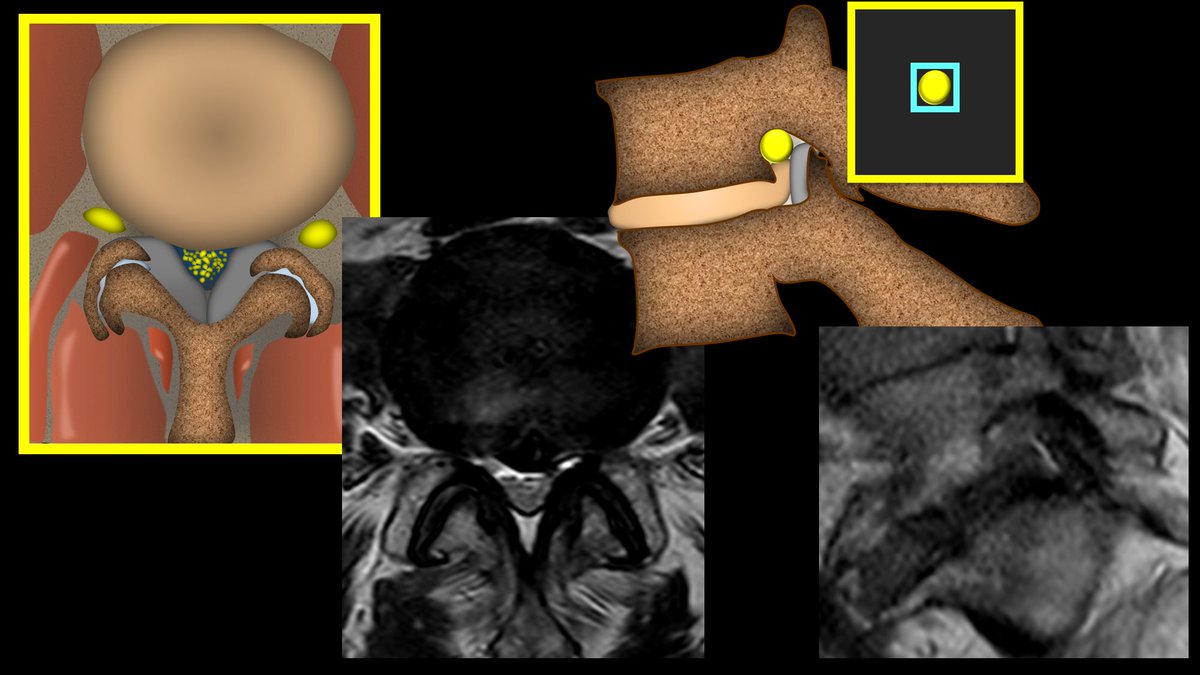
1/Tonsillar or peritonsillar abscess? That is the question! When you look at a neck CT, do you know which one to say?
A #tweetorial on #tonsillitis complications
#medtwitter #radtwitter #neurorad #radres #meded #FOAMed #FOAMrad #HNrad #medstudenttwitter #RSNA2022
A #tweetorial on #tonsillitis complications
#medtwitter #radtwitter #neurorad #radres #meded #FOAMed #FOAMrad #HNrad #medstudenttwitter #RSNA2022

2/First some anatomy. Palatine tonsils (or faucial to the cool kids) sit in the oropharynx between the two palatine arches: the palatoglossus arch in front and the palatopharyngeus arch in back. These are easily visible on physical exam. 

3/These archs are actually just mucosa draped over the palatoglossus and palatopharygeus musculature, like kids drape sheets over themselves to dress up for Halloween. 

4/The palatine tonsils sit nestled in between these two arches in a space called the tonsillar fossa. The pillars are like the bed and blankets--and the tonsils are tucked in between 

5/Tonsils are made up triangular folds w/crevices in between, called crypts. This anatomy increases tonsillar surface area to expose it to as many of the oropharyngeal antigens as possible. Just below the surface are many lymph node germinal centers to examine the antigens 

6/The lymphatic channels from these germinal centers are valveless (in adults—I don’t do kids 😉). This allows for immediate transport of antigens. This makes sense, as you want to be aware of any bad antigen entering your oropharynx as soon as possible 

7/Tonsillitis occurs when there is an infection of the tonsils, usually strep pneumo. Inflammatory debris is made in the crypts and excreted out, creating the white patches seen on physical exam 

8/On CT, this inflammatory change causes enlargement of the tonsils and hyper-enhancement of the crypts. This results in the classic tiger-stripe appearance of tonsillitis. 

9/An abscess occurs when one of these crypts gets obstructed and its inflammatory exudate turns into pus under pressure. 

10/But the pus doesn’t stay in the tonsil. It’s under pressure, like a volcano. If it’s plugged, the lava will find a way out b/c of the pressure. Lava will flow out any cracks/pores in the rock. In the tonsil, pores are the valveless lymphatics that allow the pus to flow out 

11/Trying to keep the pus in the tonsil is like trying to keep water in a bathtub when the drain is open. It will always pour out. Similarly, in adults, the pus never stays in the tonsil—it pours out the valveless lymphatics into the tonsillar fossa/peritonsillar space. 

12/Once the pus is in the tonsillar fossa, it becomes a peritonsillar abscess. It does not have to go through the superior constrictor musculature to be considered a peritonsillar abscess 

13/So, in adults, the answer to the question “Tonsillar or peritonsillar abscess?” is the same answer my kid knows to give when asked, “Which parent do you love the most?” The answer: both! 

• • •
Missing some Tweet in this thread? You can try to
force a refresh






















